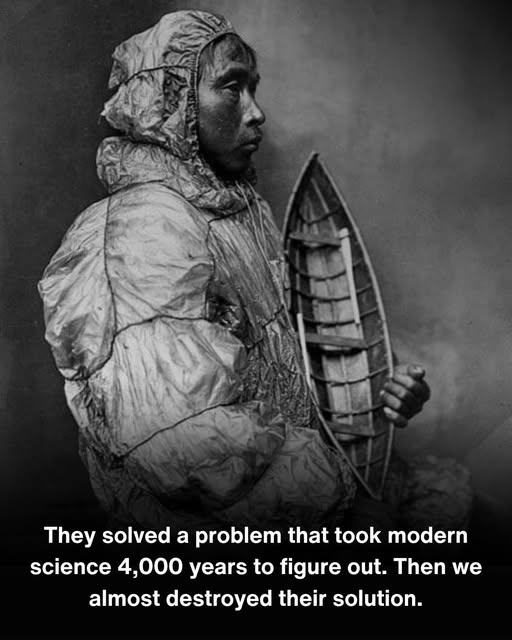
Gary Burghoff
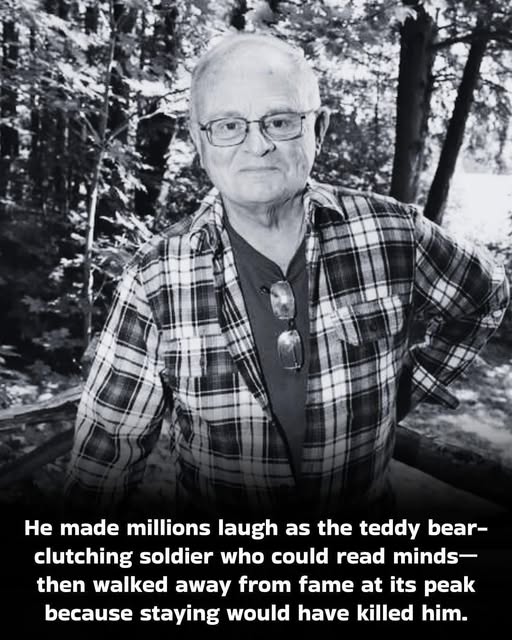
Plane On Deck
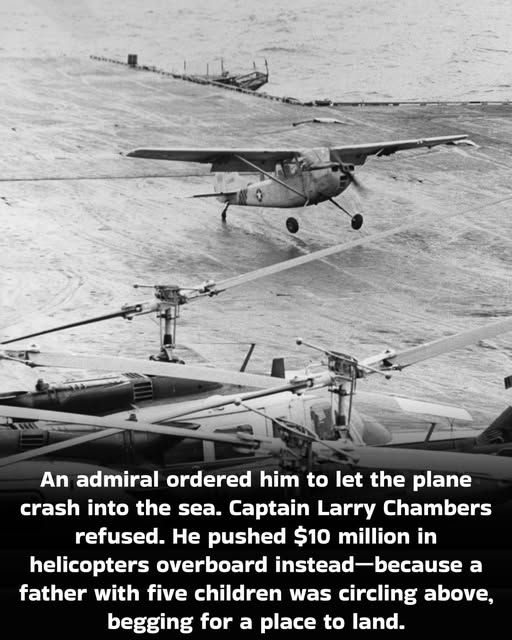
The Spy Who Could Not Dance
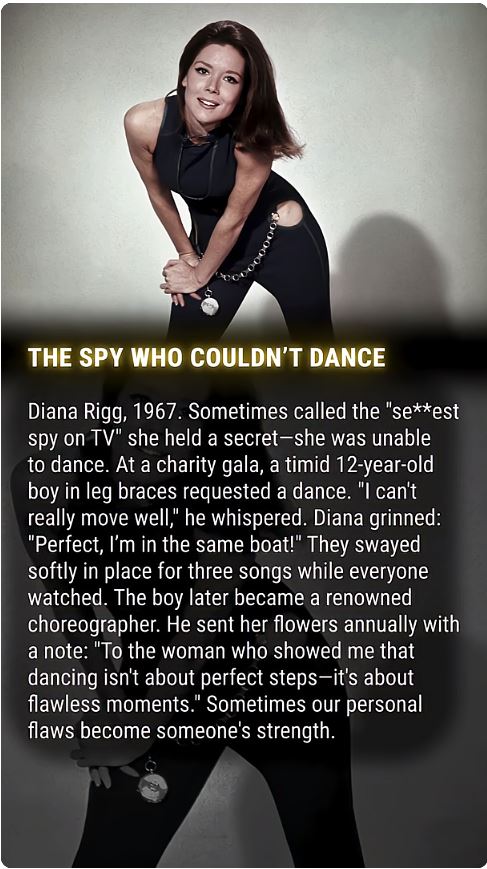
The Kindest Heart In The Room
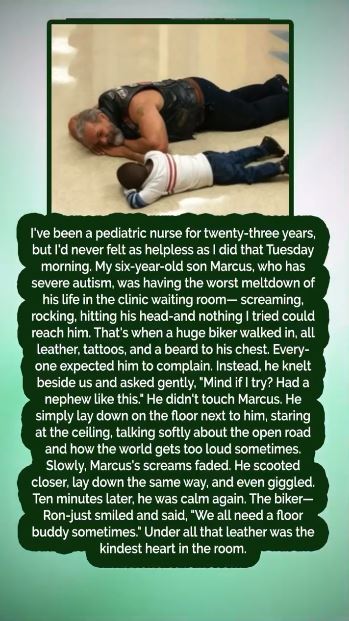
Who said one person cannot make a difference?!
Jim Croce
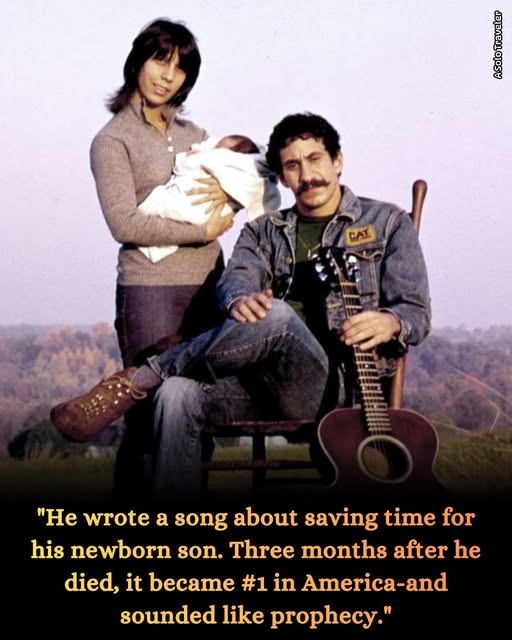
Carole King

Carole King once sat in a publisher’s office listening to a male executive explain why her name should appear second on a song she had written nearly alone, and she replied, “I am done letting anyone borrow my work without my permission.”
The executive laughed.
King stood up.
The Brill Building had just gained a problem it did not expect.
Before Tapestry made her a household name, King was the writer behind hits that other performers got credit for. Labels pushed the singers, not the writers. Publishers favored male composers. King turned out songs faster than most teams in the building, but her name rarely appeared in the spotlight. She received checks. Others received fame.
The quiet scandal started when one producer suggested that her songs would sell better if a man signed first on the sheet. King refused. He insisted. She left the room before he finished speaking. That small rebellion spread through the corridors. Several writers told her she was risking her entire career. King said she could not keep giving away her voice to people who never thanked her for it.
Her turning point came when she wrote a song that a major artist wanted immediately. The label demanded changes that would remove the emotional core of the lyrics. King rejected every note. The artist begged her to reconsider. King refused again. The label eventually caved. The song became a hit, and the artist publicly credited her as the creative center of the track. That moment changed her leverage overnight.
But the real battle came when she told industry leaders she intended to release her own album as a performer. Several executives told her bluntly that her voice was not marketable. They wanted her to stay behind the scenes. She recorded Tapestry anyway. She funded writing sessions herself. She insisted on producing decisions she was not invited to make. The project looked fragile to everyone but her.
When Tapestry exploded into a cultural phenomenon, executives who doubted her pretended they had supported her from the start. King saved the receipts. She told friends she remembered every meeting, every dismissal, every casual insult disguised as advice.
Years later, younger singer songwriters asked her how she survived an industry that tried to keep her invisible. King told them one rule.
“If you give away your voice, someone else will use it to build their name. So keep your voice.”
Carole King is celebrated for warmth, honesty, and timeless melody.
The truth carries more force.
She fought the system that tried to hide her, she won battles no one thought she could win, and she turned the quiet power of a songwriter into the loudest success the industry had ever seen.
Here’s Why Smart Parents Are Skipping College and Choosing This Instead

For the past few years, I’ve been on a journey that started with a single, terrifying question…
My son, Maxim, was 18. He’d just finished high school (home school), and he had no idea what to do next.
And frankly, neither did I.
The default path we’ve all been sold—go to college, get a degree, get a job—felt broken. It felt like a trap.
Rising costs, ideological indoctrination, and degrees that no longer guarantee competence or opportunity… it was clear that modern academia had failed.
And now, with the exponential rise of AI, going to college has become the single worst financial decision a young person could make today.
Think about it. By the time a freshman graduates in four years, AI will have completely disrupted the global workforce. They’ll be spit out into an even more AI-dominant world in 2029, saddled with $150,000 in debt, maybe more.
They’d be completely screwed.
So, what’s the alternative?
That’s the question that led my son and me, along with my mentor, the legendary Doug Casey, to create “The Preparation.”
It’s a 4-year process, a “right of passage,” that replaces classroom memorization with real-world experiences. It’s designed to build virtue, values, skills, connections, and confidence in a young man or woman to navigate an increasingly unstable and unclear future.
And as my friend Mike Dillard so eloquently put it, “It’s fucking brilliant.”
Instead of turning someone into a specialist with a singular career path, The Preparation is designed to turn them into a “generalist” with the knowledge, skills, real world experience and the contacts needed to adapt to a rapidly changing world.
Over the past two years, Maxim has been pioneering this model. He’s…
•Gotten his EMT or Emergency Medical Technician license…
•Worked as an apprentice to an Uruguayan gaucho…
•Worked with a geophysics crew for a gold exploration company…
•Learned how to sail in the Falkland Islands…
•Started an agricultural drone business…
•He as even learned to fly a plane…
And that’s just scratching the surface.
He’s done all of this by the age of 20.
This process is providing him with a lifetime of real-world experiences, contacts, and opportunities that most adults will never see. And the best part? He’s getting paid along the way.
But don’t just take my word for it. The response from people I deeply respect has been overwhelming.
James Altucher, the bestselling author of “Choose Yourself,” called it “mandatory listening (and reading)” and said, “This is exactly what young people should do now instead of college.”
Tom Woods, the NY Times bestselling author, said, “When I read The Preparation, my jaw was on the floor. I thought: this is exactly what young men need today. It’s practical, brilliant, and long overdue.”
And Glenn Beck dedicated an entire episode of his podcast to it, titled “How to Make Men DANGEROUS Again.”
Ultimately, your child’s education isn’t about what they learn. AI can teach them anything they want to know.
It’s about who they become.
Will they become another beer-drinking frat-boy, saddled with debt and stepping into a world that doesn’t need them?
Or will they become a true renaissance man or woman, capable of adapting to a world that needs their adventurous, adaptable spirit, and real-world experience?
If you have a child or grandchild, or know any young person trying to find their way, here are three things you can do right now:
1. Buy a copy of “The Preparation” here on Amazon. https://www.amazon.com/dp/B0FLRKZCKL
2. Subscribe to Maxim’s email newsletter to follow his journey as he documents this process. https://www.maximsmith.com/
3. Watch the fantastic interview with Glenn Beck here.
https://www.youtube.com/watch?v=FsHENFPGXF8
This is more than a book. It’s a new path forward.
I hope you’ll join us.
Kevin Costner and Dances With Wolves


